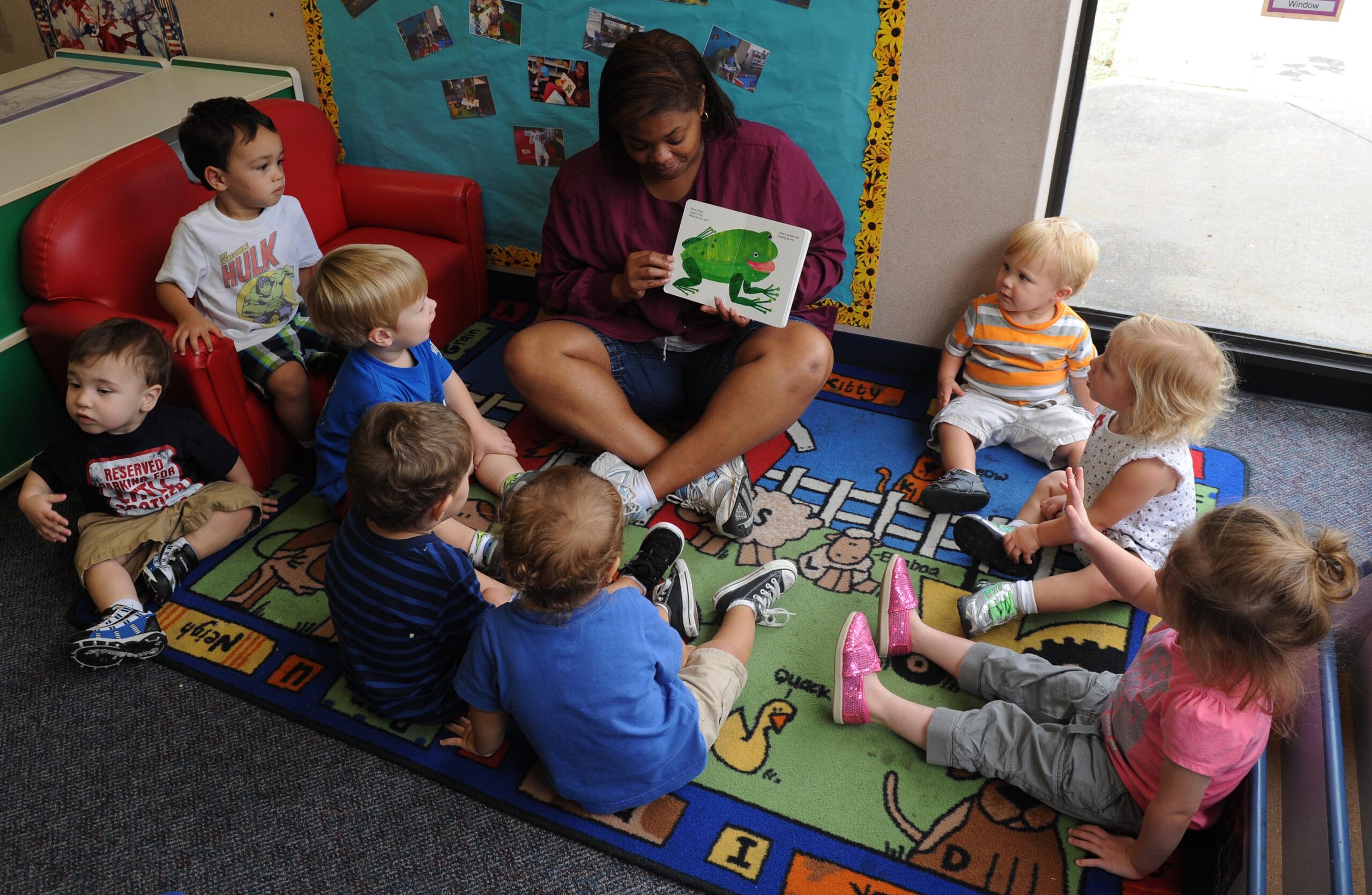IT’S BEEN HARD TO PROVE that attending preschool makes a difference for kids, academically. Many research studies have found that children who didn’t go to preschool catch up to those who did in just a few years. By third grade, there’s often no difference in math and reading scores between the preschooled and the non-preschooled child. Experts call it “fadeout.”
That hasn’t sat well with advocates of early childhood education. They point to other studies that have looked beyond elementary schools’ test scores, and have found that preschooled children are more likely to graduate from high school, be employed and raise families in stable marriages.
Now a pair of researchers has taken this line of research one generation further, and found that the offspring of preschooled children are living significantly better young-adult lives than the offspring of non-preschooled children. In that second generation, whose parents lived in a community that offered a free, federally funded Head Start preschool program in the 1960s, people were graduating from high school and attending college in much higher numbers, and were far less likely to be involved in crime or become a teen parent themselves.
“We wanted to ask the question of whether programs can disrupt the transmission of poverty from one generation to the other,” said Chloe Gibbs, an economist at the University of Notre Dame who presented the as-yet-unpublished paper “Breaking the Cycle? Intergenerational Effects of an Anti-Poverty Program in Early Childhood” to economists over the summer. “We think we have some strong proxies.”
The researchers said it’s too soon to conclude whether the second generation is no longer living in poverty and earning a good income. In the data examined, many of these young adults are in their twenties, still figuring out their future vocations. However, the difference in education and other outcomes associated with poverty is striking. For example, among children born to mothers without a high school diploma who lived in a Head Start community in the 1960s, 90 percent of their offspring graduated from high school and 69 percent went on to attend at least some college. By contrast, for children born to mothers without a high school diploma, but who didn’t live in a town that offered Head Start, 77 percent of their offspring graduated from high school and 52 percent went on to attend some college. That’s a 13 percentage-point difference in high school graduation and a 17 percentage-point difference in the college-going rate.
Teen parenting declined. Only 13.4 percent of the Head Start-associated second-generation became teen parents themselves, compared with 22 percent of the non-Head Start offspring. Criminal activity plummeted. Roughly 30 percent of the second generation from non-Head Start communities had been arrested, convicted or were on probation, compared with 14.4 percent from the Head Start communities.
Keep in mind that what’s driving these results is whether their parents lived in a Head Start community, not whether the second generation, themselves, attended preschool. Some did; some didn’t.
Gibbs and her co-author, Texas A&M economist Andrew Barr, conducted this study by looking at an existing Labor Department data set (NLSY79) that regularly surveyed a group of people from 1979 onward. The researchers focused on respondents born between 1960 and 1964 who were from low-income communities. Head Start was introduced in some of these communities when these people hit preschool age, and the researchers could compare outcomes of people who had the option to attend a Head Start program with those who didn’t. The demographic characteristics of the two groups are similar. The authors estimate that 50 to 80 percent of the people in their data sample actually attended a Head Start program if it was available in their community.
One question is whether the first counties to get Head Start also had other anti-poverty programs going on simultaneously that might be driving the results. But Gibbs said they had controlled for other social welfare efforts, such as community health programs, and the strong results for Head Start still persisted. Gibbs also compared sisters from the same family, some born before Head Start launched in their town and some born after, and again the multi-generational benefits of Head Start still held, she said.
Among studies that have found long-term life benefits from preschool, some studied children who went to very expensive programs, such as Perry Preschool or Abecedarian, which were difficult to replicate across the country. Head Start, by contrast, is much cheaper and was rolled out nationwide, showing that it’s possible for less intensive preschools to have lasting impacts.
Exactly what these Head Start kids learned in preschool that helped them and their children live better lives is a mystery, and requires more research.
This column was written by Jill Barshay and produced by The Hechinger Report, a nonprofit, independent news organization focused on inequality and innovation in education.

